The best female superheroes
Who are the best female superheroes in comic book history?
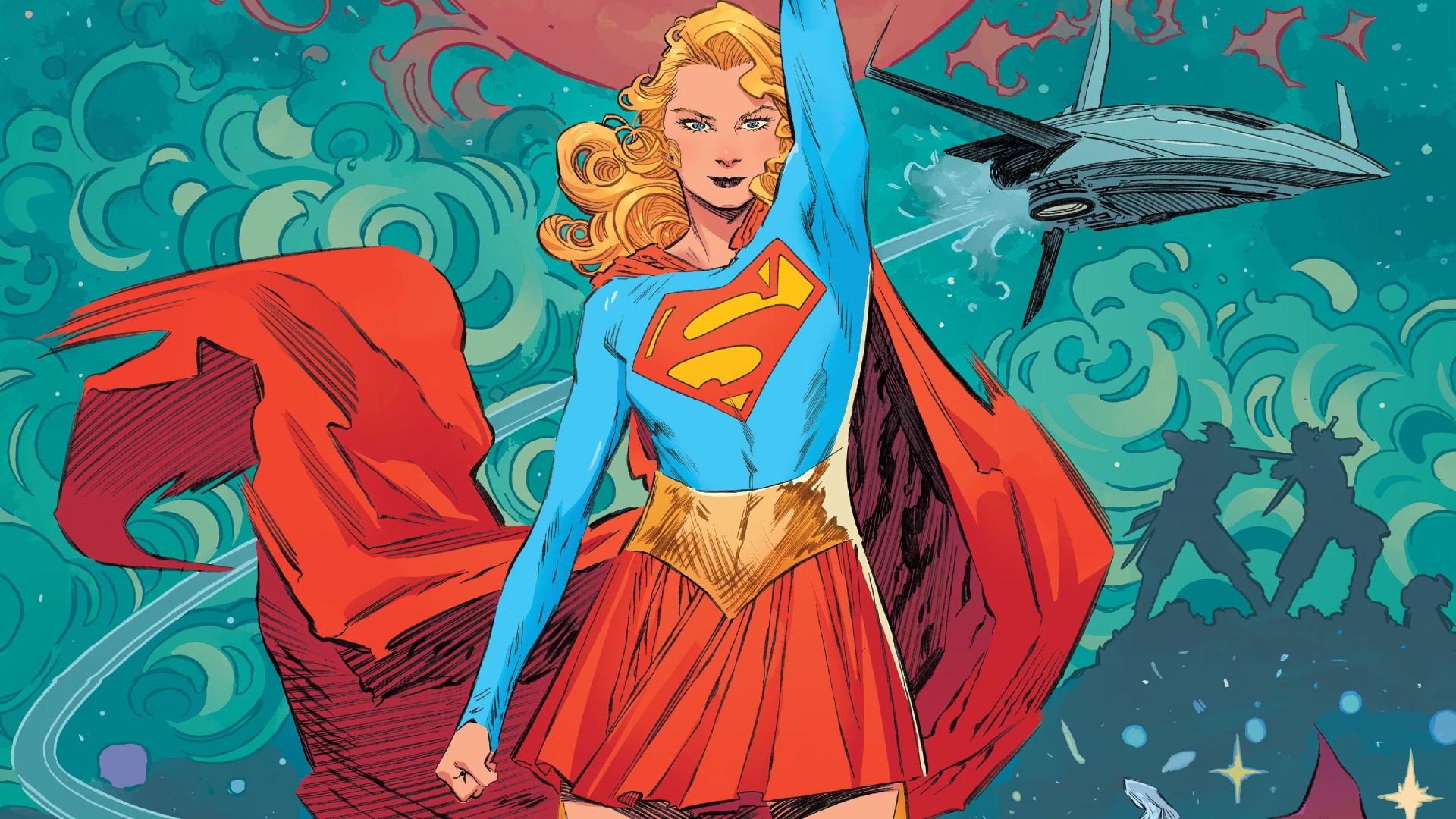
It's official - there's a new Supergirl taking flight in James Gunn's burgeoning DC Studios movie universe, as House of the Dragon actor Millie Alcock has been cast as the character for her in-development solo movie.
Supergirl is one of the most iconic, influential superheroes of all time, and one of the many female superheroes who defined the growing place of women in comics. But she's not alone - she's part of a long tradition of great female superheroes.
Here are Newsarama's picks for the best female superheroes of all time!
25. Witchblade

The mid-'90s launched a female superhero craze that, in many cases, was focused far more on cheesecake art and boundary-pushing costume design than on craft and storytelling.
Dubbed the 'Bad Girl' era, the trend was marked by dozens of seeming throwaway characters that made a mark with a scandalous cover or two and then faded into obscurity. But there were a few examples that stood above the fray – notably Top Cow's Witchblade.
Created by Image co-founder Marc Silvestri along with David Wohl, Brian Haberlin, and Michael Turner and debuting in 1995's Cyblade/Shi: The Battle for Independents, the original Witchblade was Sara Pezzini, a cop who discovered a powerful artifact (the titular Witchblade) that bonded with her body and gave her potent mystical abilities.
Witchblade quickly exploded in popularity, becoming the flagship character of Image Comics' Top Cow imprint.
Get the best comic news, insights, opinions, analysis and more!
Over the years, the 'Bad Girl' craze faded into near obscurity, but Witchblade remains a touchstone of independent comic book superheroes, with a mythology all her own, including multiple Witchblade wielders, other similar artifacts like the Darkness that became popular concepts in their own right, and even a short-lived TV show.
24. Jane Foster
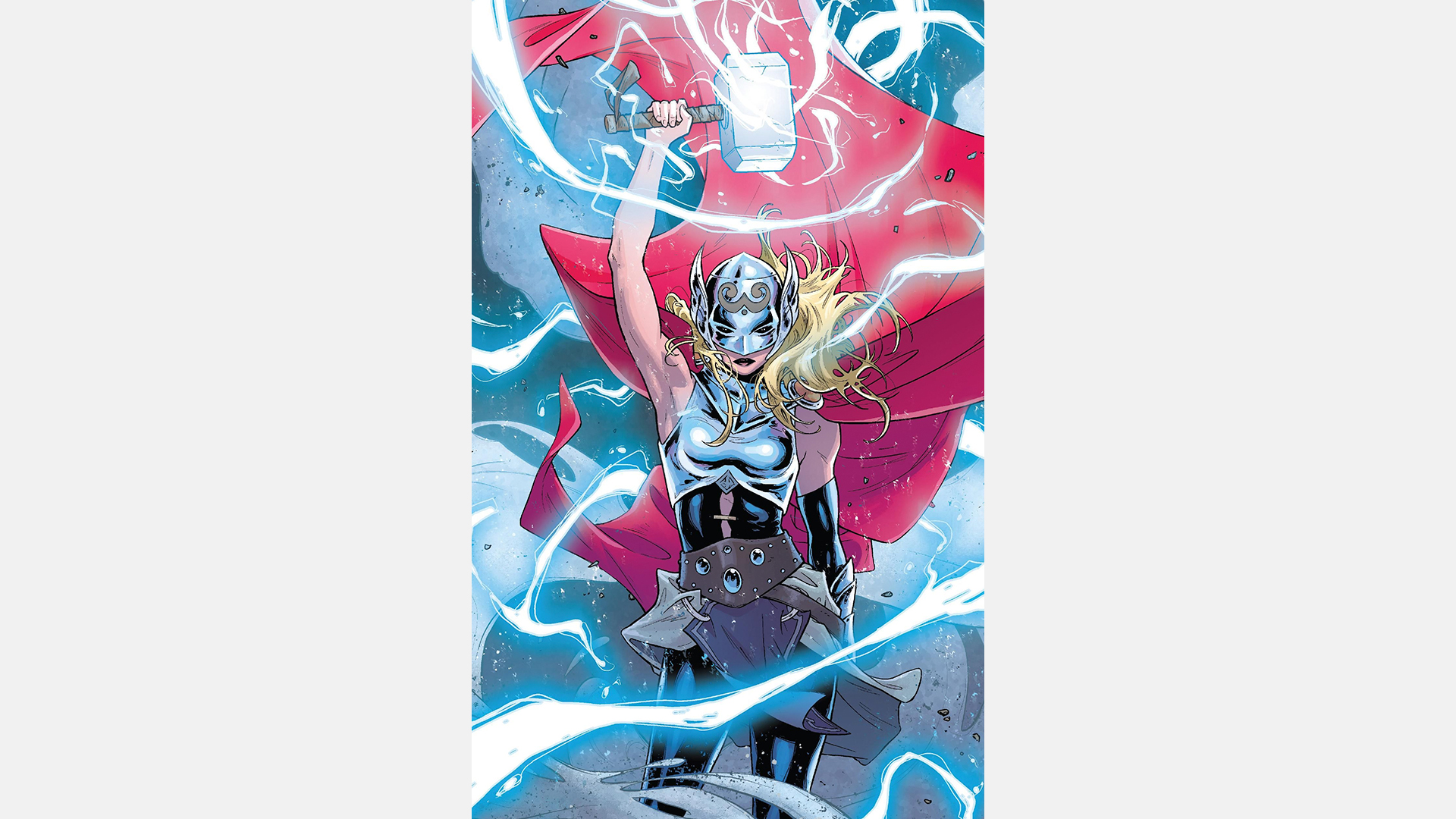
What does it mean to be 'worthy'?
That's a question that was cast into stark relief when Thor Odinson became 'unworthy' of wielding the hammer's power or even lifting it in the 2014 crossover Original Sin.
In Odinson's absence, Jane Foster, longtime paramour of the mighty Thor, took up Thor's hammer Mjolnir, gaining his power, his role as Marvel's god of thunder, and even his very name. This would become the catalyst that would propel Jane Foster to the ranks of the best superheroes ever.
Jane Foster first debuted alongside Thor himself in Journey Into Mystery #84, and for many years was simply a love interest/supporting character. But in Thor (Vol. 4) #1, she ascended all of that by lifting Mjolnir and becoming the true, official Thor.
As Thor, Jane Foster caused controversy both on and off the page, with some fans bristling that she was sharing even Thor's name, and the gods of Asgard being wary of a stranger essentially entering their ranks.
But writer Jason Aaron and artist Russell Dauterman took the opportunity to defy expectations with Foster's story, rising her through Marvel's ranks to the Avengers, having her save all of Asgard from destruction, and, ultimately, giving her a hero's ending that led to Jane's current role as the leader of the newly revived Valkyries of Asgard.
Jane Foster's story as Thor was adapted in the MCU movie sequel Thor: Love and Thunder.
23. Faith
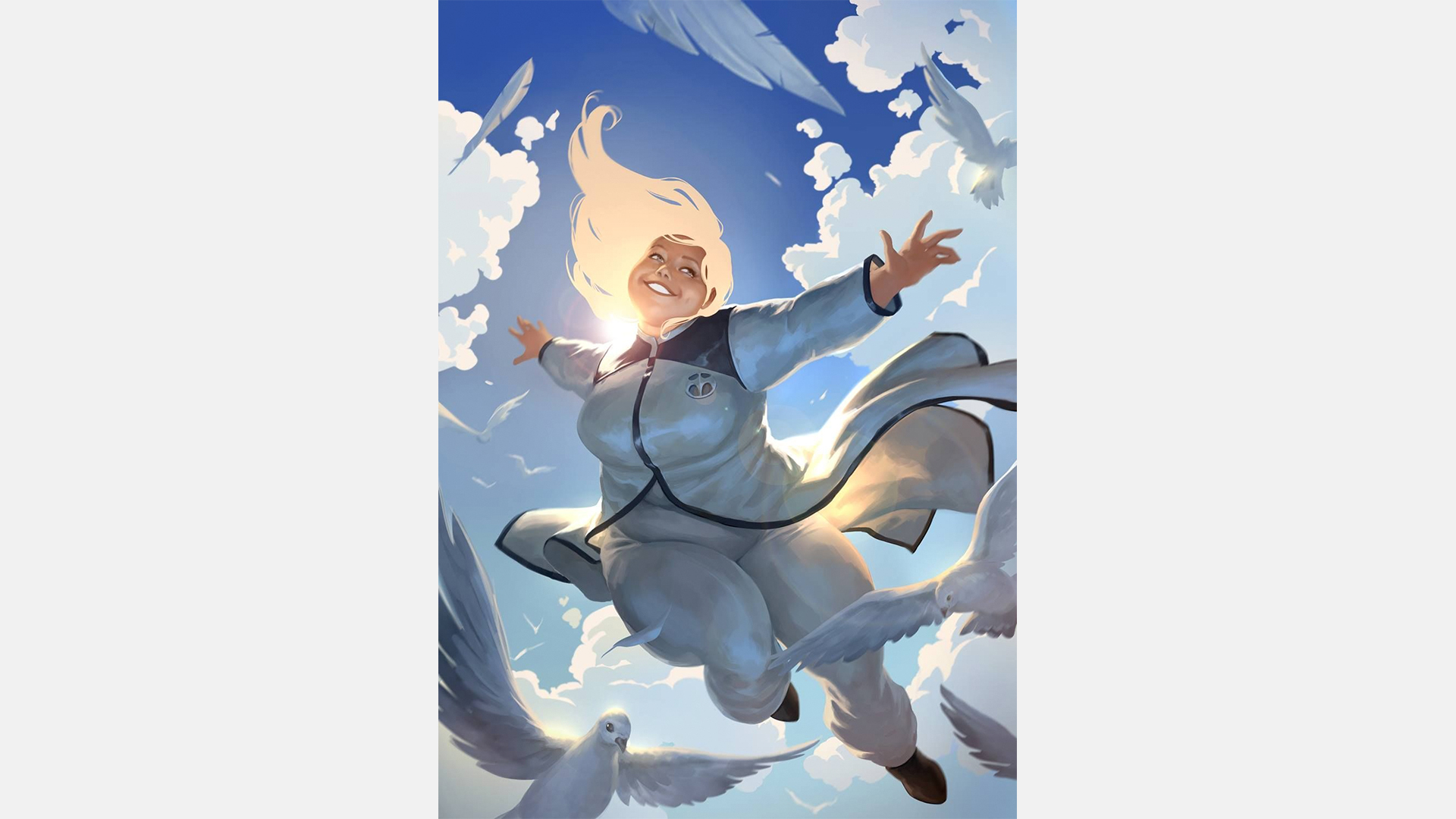
Debuting in 1992's Harbinger #1, Valiant's Faith Herbert (sometimes known by her codename Zephyr) is a 'psiot,' a human with latent superpowers.
Before her powers developed, Faith lost her powers in an accident. Faith was subsequently raised by her grandmother and grew up as many real-world youngsters do – retreating into a world of comic books, fantasy stories, and science fiction to cope with her grief.
When her powers were unlocked as part of the Harbinger Renegades (a team of psiots who fight against the villainous Harbinger Foundation, which seeks to recruit and exploit psiots for world domination), Faith leaned into her superhero fandom, taking on a codename, costume, and even a secret identity – things many of her allies chose not to do.
Faith – or Zephyr if she's superheroing, or Summer Smith if she's working her day job as a journalist – has the power of 'aerokinesis,' the ability to manipulate air. These powers have grown simply from flying to creating force fields, moving things with wind, and carrying others with her in flight.
Over the years, Faith has grown from a member of the Harbinger Renegades to one of Valiant's most popular solo heroes, with her 2016 Faith solo series reaching particular acclaim.
Thanks to Faith's joyful demeanor, relatable fan-fulfillment story, and yes, her appearance as one of the few fat women who is depicted unequivocally as a hero and under a positive light in superhero media, she remains an enduring fan favorite and one of Valiant's top characters.
22. Jessica Jones
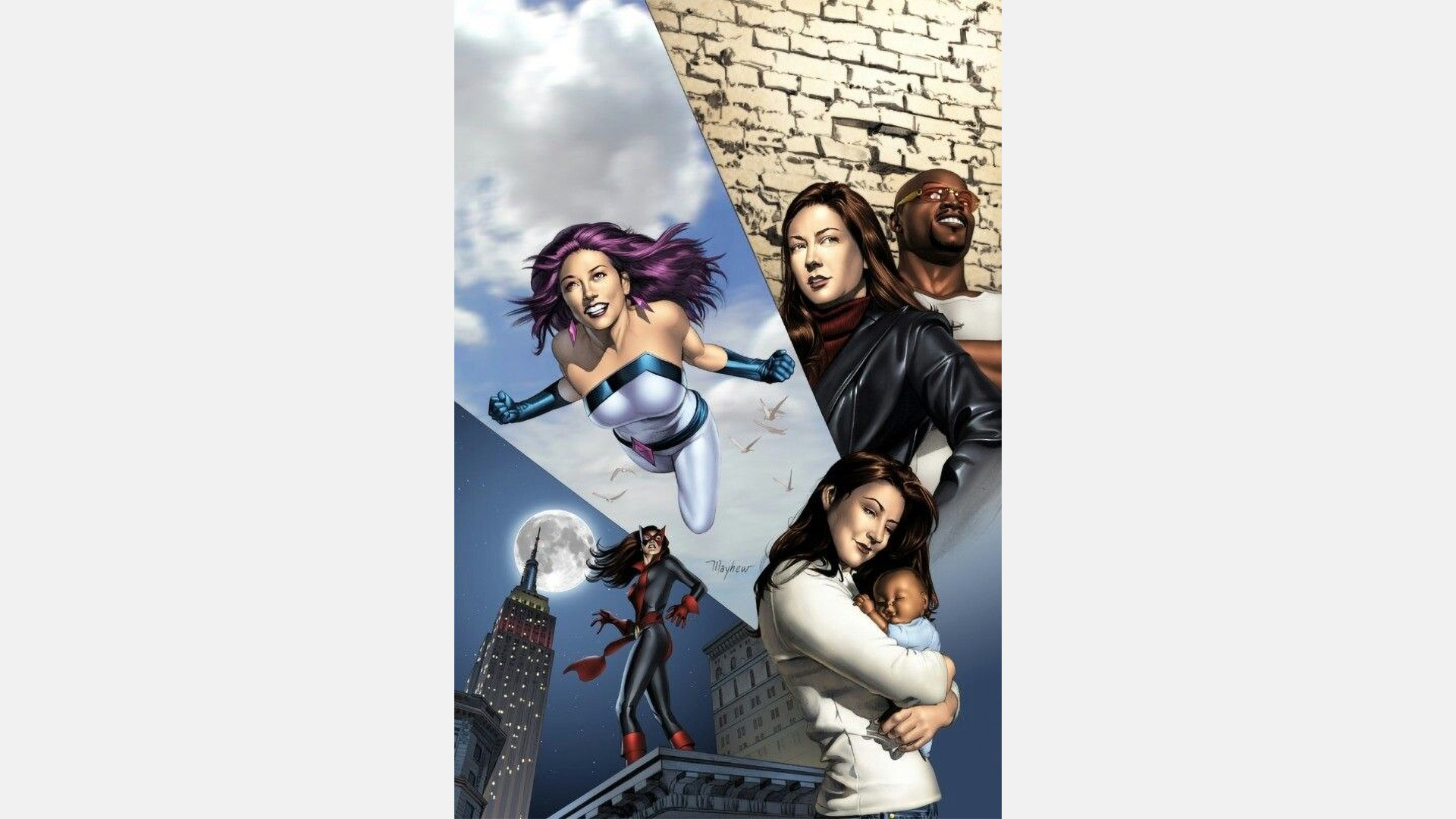
Debuting as a super-powered private eye in 2001's Alias #1, Jessica Jones isn't your typical superhero – like her husband, Luke Cage, she doesn't even have a superhero codename that's stuck. But that's part of what makes her so great, and so unique among not just female superheroes, but superheroes in general.
Gifted (or cursed, when you consider how she got her powers) with super-strength, flight, and invulnerability, Jessica got her powers as a teen when a chemical truck collided with her family's car, killing her parents and putting her in a coma.
Though the development of her powers led to personal struggles through her early life (including a notoriously horrific kidnapping by the mind-controlling Purple Man), Jessica eventually became an Avenger, and one of the defining heroes of a certain era of the Marvel Universe.
She's also a superhero mom, and even though that's caused its share of troubles for her, Jessica has fought through it all as a committed family woman as well as a hero.
She also got several seasons of her own show on Netflix, portrayed by Kristen Ritter as part of the streaming service's Defenders family of Marvel shows.
Oddly enough, Jessica Jones almost didn’t make it into the Marvel Universe at all - her original title Alias was planned to star Jessica Drew (who was then retired from being Spider-Woman) till writer Brian Michael Bendis switched gears and created Jessica Jones as the title’s star.
21. Wasp
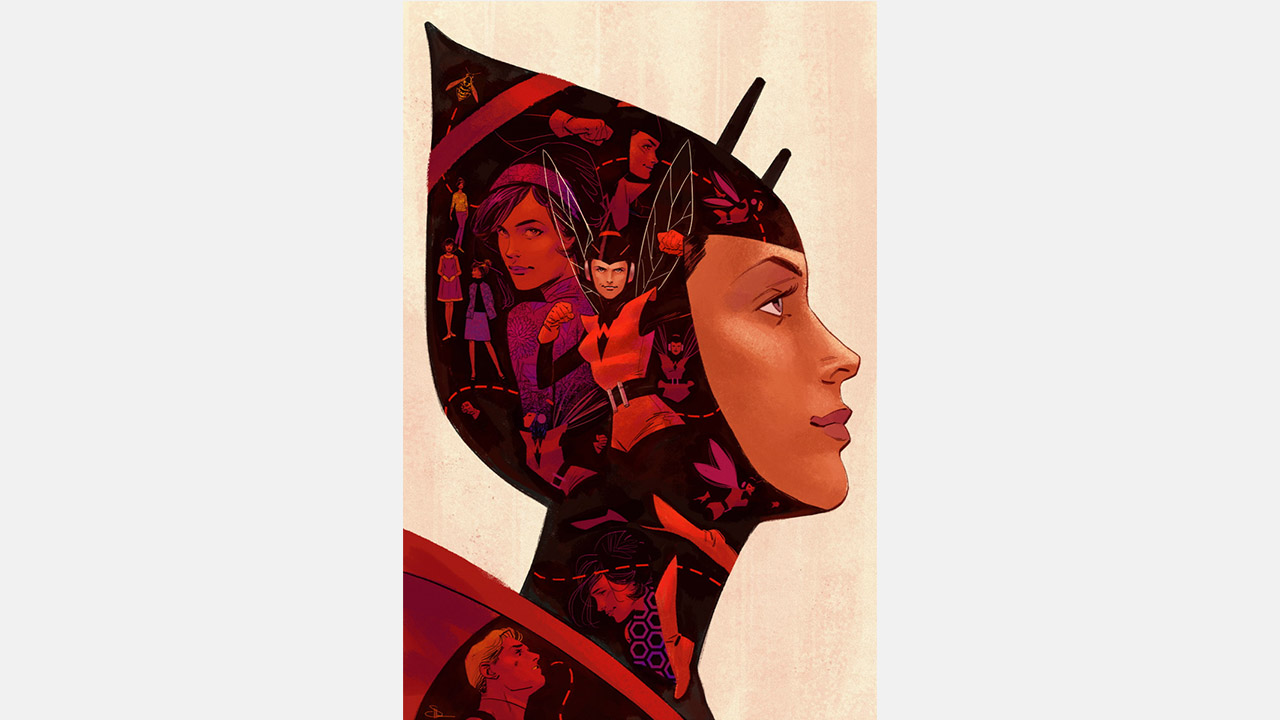
Janet Van Dyne was not only the first female Avenger, and a founder of the team in Avengers #1, but also the hero who named the team when they first formed.
Though she started as something of a sidekick to her on-again-off-again (currently off-again) paramour Hank Pym, Janet quickly became a hero in her own right, leading the Avengers several times, and often acting as the team's moral center.
Wasp's arc has consistently projected upwards, quickly leaving behind any semblance of being a 'damsel in distress,' and progressing to the top levels of Marvel's heroic roster. Add to that her historical significance, and it's easy to see why she's one of the greatest female heroes ever to grace the printed page.
Janet Van Dyne is also the original Wasp in the MCU, and she played a big role in the sequel film Ant-Man and the Wasp: Quantumania. She also led the recent title Avengers Inc, which brought Hank Pym and Ultron back into the Marvel Universe.
20. Rocket

Raquel Ervin, better known by her superhero codename Rocket, may not be the marquee character of Milestone Comics' 1993-launching title Icon, but part of her incredible charm (and the charm of the comic itself) is that it's actually her story, even more than Icon, the hero whose name is on the cover.
A young woman from one of the Milestone fictional city Dakota's worst neighborhoods making a habit of skirting the wrong side of the law, Raquel discovers that the lawyer she and her friends are about to rob is a lot more than he seems. In fact, he's a super-powered alien hiding on Earth.
However, rather than earn his wrath, Raquel convinces the lawyer, Augustus Freeman IV, to use his powers to become a superhero. Taking the name Icon, Freeman gives Raquel a belt that can manipulate kinetic energy, leading to her taking the name Rocket as his sidekick.
What makes Rocket's story so compelling and so interesting is that, like other sidekicks such as Robin, or other young heroes like Spider-Man, she faced numerous real-world challenges that reflected those faced by her readers.
But unlike her contemporaries, Rocket's stories leaned into frank depictions of some of the hardships and struggles which uniquely affected (and in many cases still affect) Black communities and communities of color, including drug addiction and the crack epidemic, and even Rocket's own pregnancy and motherhood.
All of this makes Rocket one of Milestone's most interesting and important heroes, a lens not just for classic super-heroics but also the trials and tribulations of real life for many people whose voices were not heard at all in the comics of the day.
DC may know what they have on their hands as Rocket recently returned to comic books as part of the publisher's ongoing Milestone line.
19. Vixen
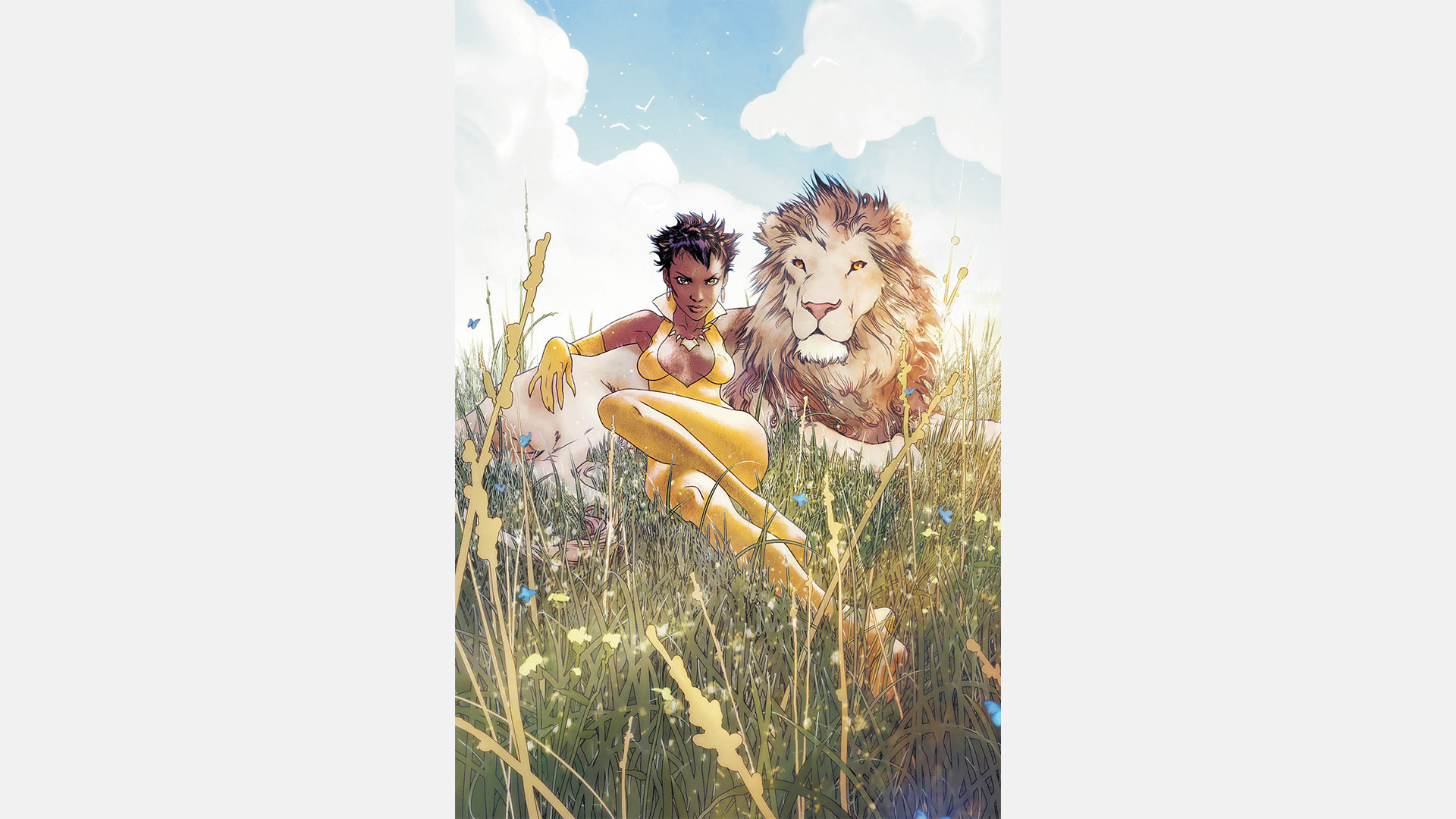
Vixen may not be DC's first Black female hero (that honor goes to Bumblebee of the Teen Titans), but she is the first Black woman to join the Justice League.
Following a canceled debut as a solo character in the late '70s, Vixen finally made her first appearance in 1981's Action Comics #521, quickly joining the Justice League in 1983's Justice League of America Annual #2 as part of the so-called 'Detroit League' that shook-up the team's previous long-running status quo.
Though many other members of the Detroit League faded into some level of obscurity (or were later heavily reworked), Mari McCabe/Vixen has remained a part of the DC Universe since her debut.
As a descendent of the DC Universe version of the Spider god Anansi of Akan folklore, Vixen has the power to take on primal aspects of any animal – including those that are now extinct. She's been a member of the Justice League numerous times and has even been part of the Suicide Squad. She also headlined a limited series titled Vixen: Return of the Lion, written by Kamala Khan co-creator G. Willow Wilson.
Vixen was also the star of her own CW Seed animated series Vixen, with the character later transitioning to CW's live-action DC TV Universe as part of DC's Legends of Tomorrow.
18. Jean Grey
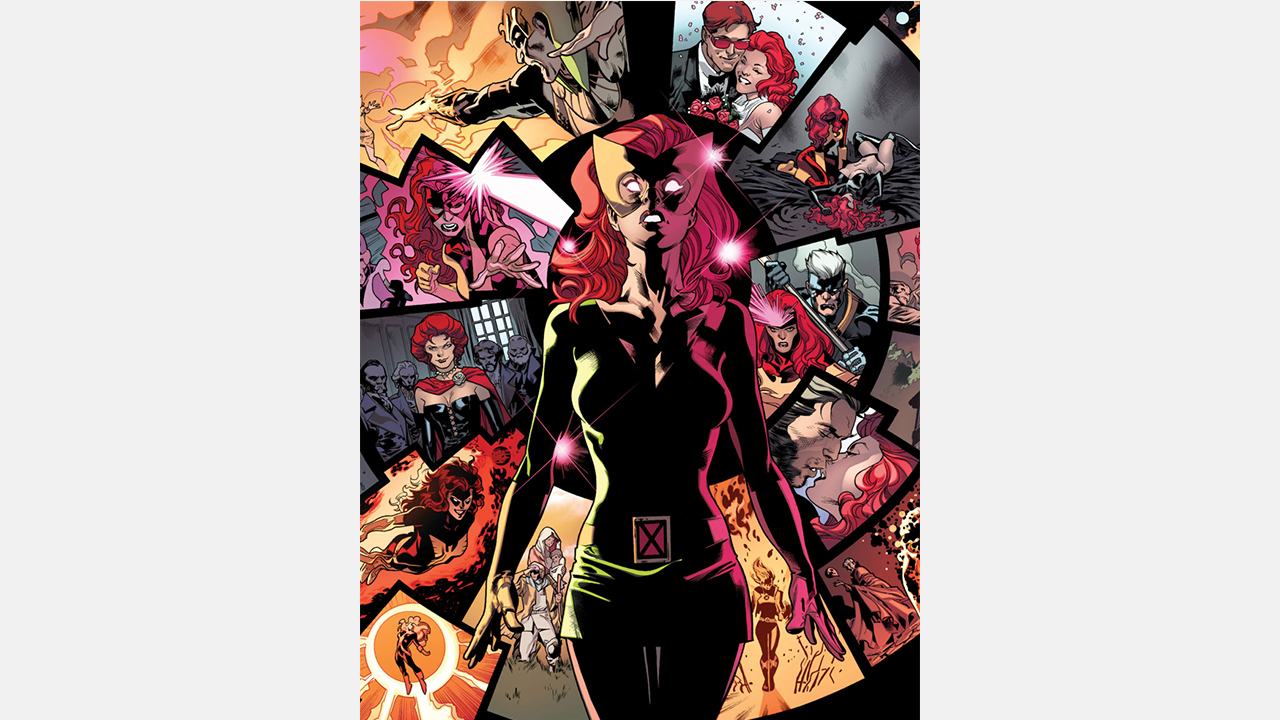
Jean Grey was the first X-Woman, debuting in 1963's Uncanny X-Men #1, and even bore the name of her publishing company as Marvel Girl before transitioning to her Phoenix identity in the '70s. But she's more than just the first female mutant superhero – she's also emblematic of the entire X-Men franchise, and one of the most complex, well-developed characters in comic books.
She may have started in the typical Marvel superheroine model, but later adventures saw Jean develop a level of depth that many ensemble cast members never achieve.
Between her ever-developing relationship with Scott Summers, her vast and terrifying power levels, her descent into madness in Uncanny X-Men: The Dark Phoenix Saga, and her penchant for self-sacrifice and redemption, Jean experienced more in her tenure as a hero than almost anyone.
Of course, the Phoenix always rises from the ashes, and the resurrected Jean is a key character in the current X-Men era.
If that doesn't qualify her as one of the best female superheroes, and certainly one of the best superheroes in general, then what does?
17. Kitty Pryde
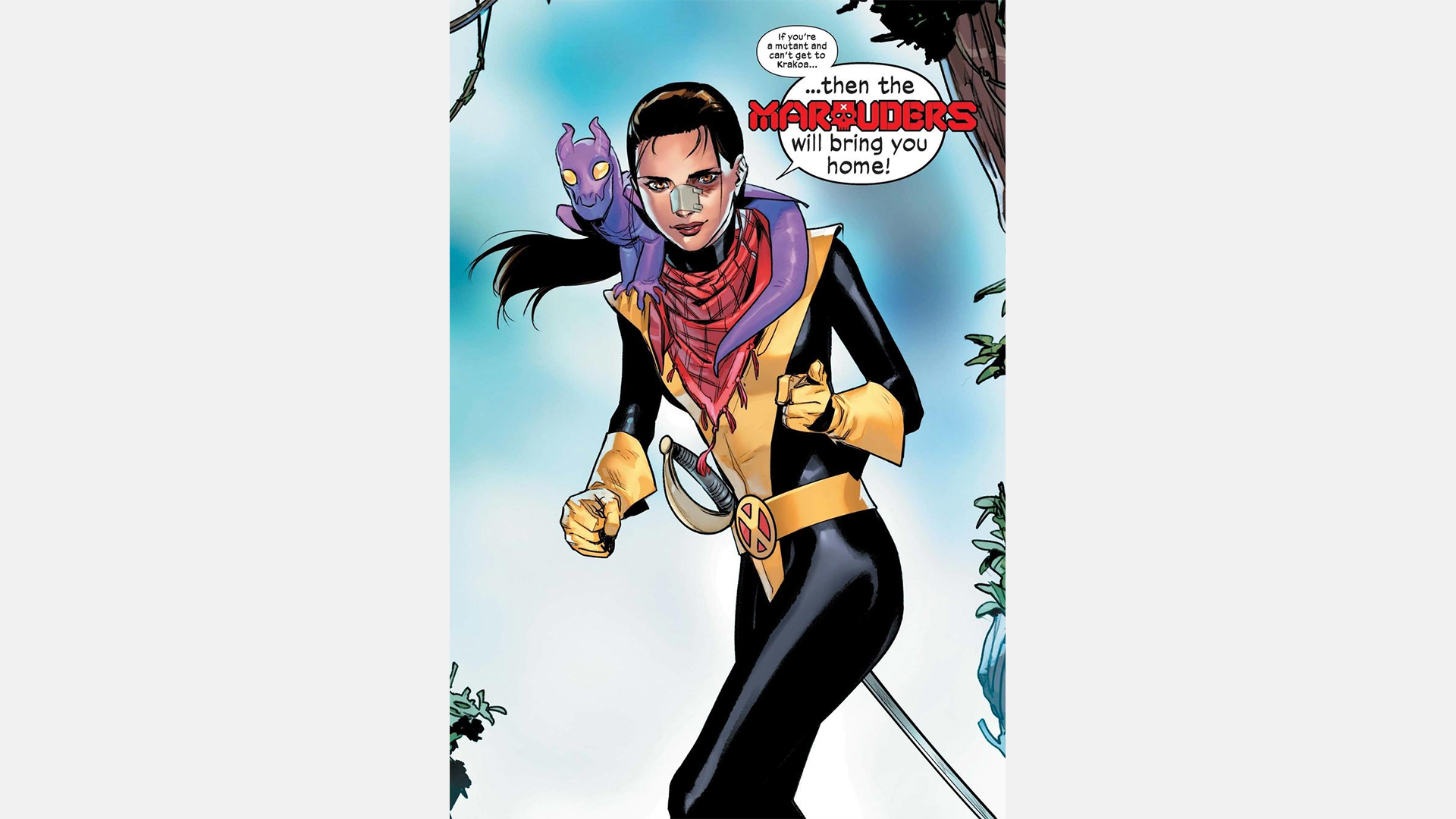
Kitty Pryde was hardly the first young woman to join the X-Men who have had a string of youthful ingenues in its ranks since the team's earliest days, but she was the first 'kid sister' type character to join the team, taking a role as Wolverine's kinda-sidekick/protégé, and serving as something of a student/mascot for the rest of the X-Men.
Kitty had a somewhat fraught relationship with the X-Men through her teen years. Joining up at 14 (shortly after her debut in Uncanny X-Men #129), she was much younger than even the next youngest member at the time, leading her to eventually move into the New Mutants teen team.
But Kitty grew up quickly, becoming not just one of the X-Men's (and then Excalibur's) most powerful members with her ability to phase through solid matter, but also a formidable hand-to-hand combatant thanks to Wolverine's training, and even a SHIELD agent, all before actually retiring from the X-Men following the death of her on-again-off-again boyfriend Colossus.
After Colossus was revived in the title Astonishing X-Men, Kitty rejoined the team, continuing her trajectory as one of the Xavier School's most prestigious graduates, leading her own X-Men teams, and even becoming the school's headmistress for a while.
16. Monica Rambeau
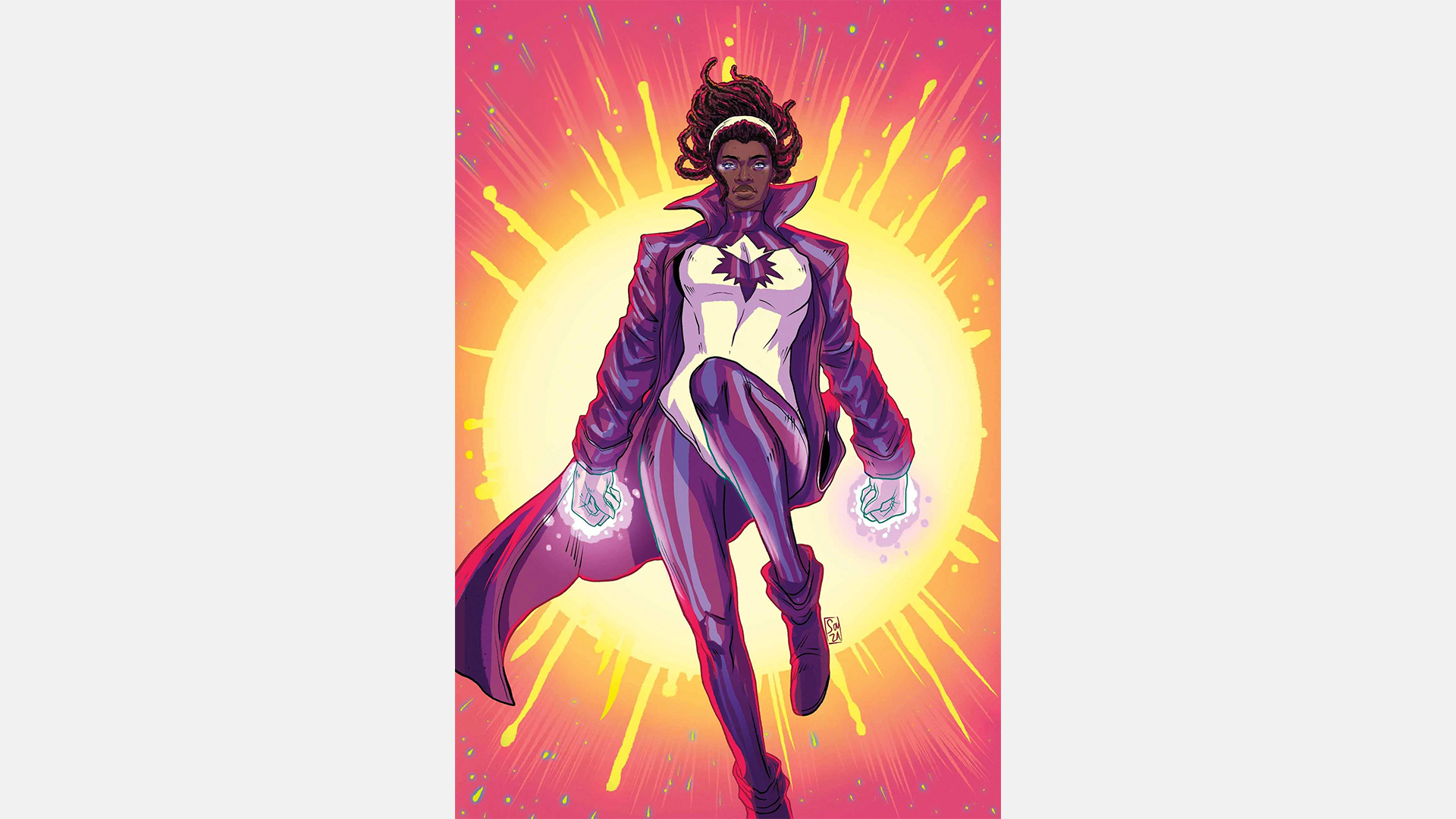
Monica Rambeau is just becoming a modern household name thanks to Teyonah Parris's winning portrayal of the hero in Disney Plus's MCU streaming show WandaVision, but longtime fans of the Marvel Universe have known her name (and her various codenames) for decades.
Originally introduced in 1982's Amazing Spider-Man Annual #16, Monica got her energy channeling powers when she was bombarded by an experimental weapon while serving as a Harbor Patrol agent in her native New Orleans, Louisiana.
Monica, whose powers developed into converting her body into pure energy as well as harnessing and channeling all kinds of waves and particles including Cosmic Rays, Gamma Rays, X-rays, ultraviolet radiation, visible light, electricity, infrared radiation, microwaves, radio waves, and neutrinos, among many more, was dubbed 'Captain Marvel' by the media – making her not only Marvel's first female Captain Marvel, but only the publisher's second character to carry that name, following her direct predecessor Mar-Vell.
Monica quickly became an Avenger, and eventually rose through the ranks to become the team leader. Over the years since her stint on the Avengers, she's also been part of Nextwave: Agents of HATE (a sorta black-ops superhero team), The Ultimates (in this incarnation a team of incredibly powerful heroes who solve cosmic problems), and even come back to the Avengers a time or two.
She's also switched her codename a few times, going from Photon to Pulsar and then Spectrum. In the meantime, multiple other heroes have used the name Captain Marvel since, most notably Carol Danvers, who previously used the superhero name Ms. Marvel in comic books, before taking up the name Captain Marvel in honor of her mentor Mar-Vell.
Lately, she's back to using the name Photon in both comics and the MCU.
Whatever codename she's going by, Monica Rambeau remains one of Marvel's most powerful – and often unsung – heroes.
15. Kamala Khan
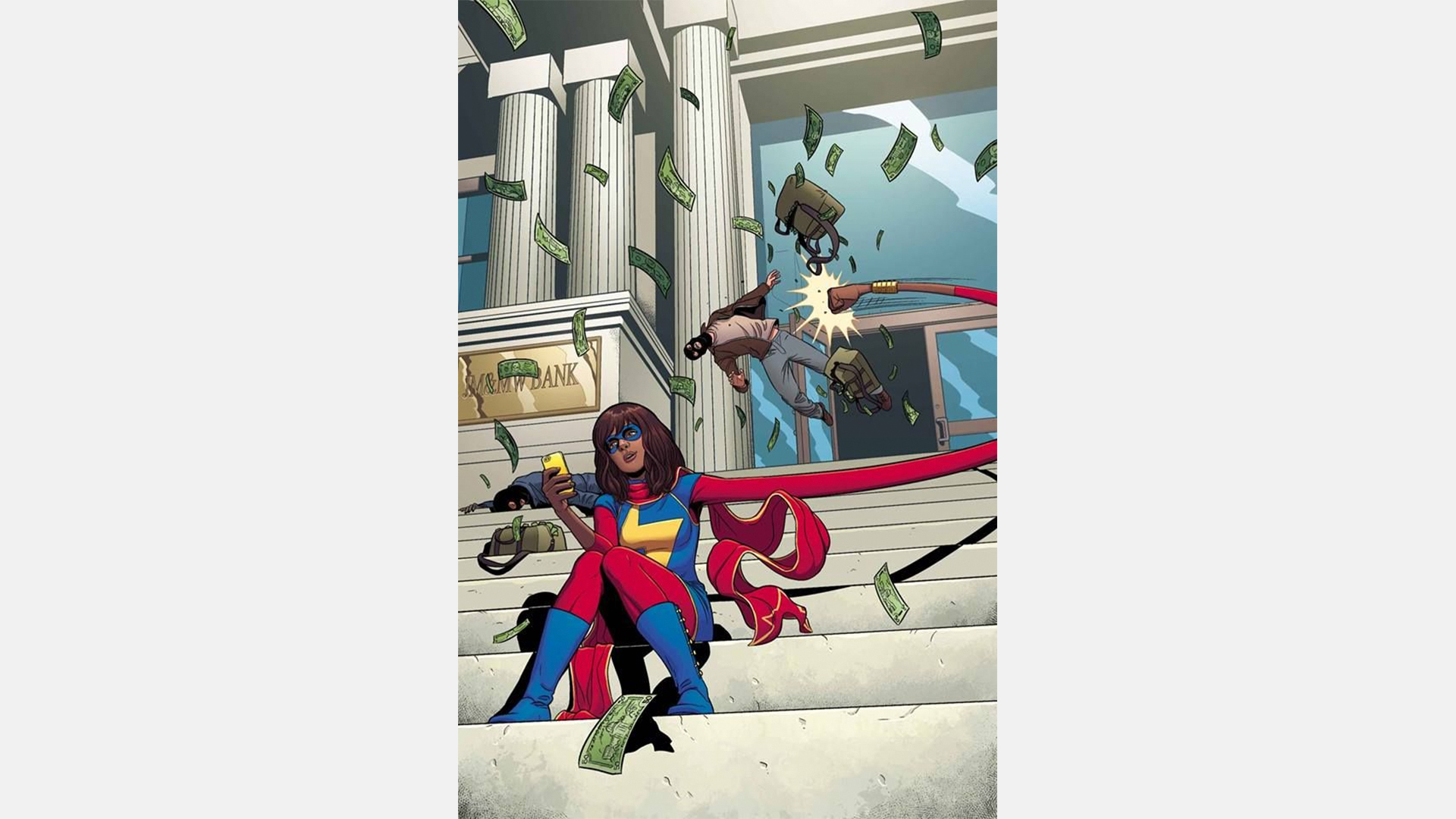
One of the newer (and younger) superheroes on our list, Kamala Khan made her debut in 2013's Captain Marvel #14. When the Terrigen Mists – a strange substance that gives the hidden superhuman race the Inhumans their powers – swept across the earth, activating strange abilities in many humans who had hidden Inhuman ancestry, Kamala was caught up in the wave, becoming the premiere teen hero of Jersey City, New Jersey.
Kamala's superpowers include shape-changing and super strength and toughness relative to her physical form, which usually involves 'embiggening' her fists, or growing to gigantic size.
But as a teen girl, Kamala's greatest power is relatability. Before getting superpowers and joining the Avengers (and later co-founding the teen team the Champions), Kamala wrote fan-fiction about being a hero and teaming up with her idol Carol Danvers/Captain Marvel – hence Kamala taking the moniker Ms. Marvel, Carol's old codename.
Truly, what's more intrinsic to the comic book fan's fantasy than daydreaming of being one of Earth's Mightiest Heroes?
Like Spider-Man, the first Marvel Comics character to fully embody the spirit of a teen hero struggling with all the troubles of adolescence alongside the challenges of being a superhero, Kamala provides a window into the world of the Marvel Universe for teens and young adults coming of age in the modern era – just like Peter Parker did in his early career.
Kamala recently joined the MCU in her own Ms. Marvel streaming show, and she also joined Carol Danvers and Monica Rambeau in the film The Marvels.
Interested to learn more? Check out the best Ms. Marvel (Kamala Khan) comics available.
14. Black Canary
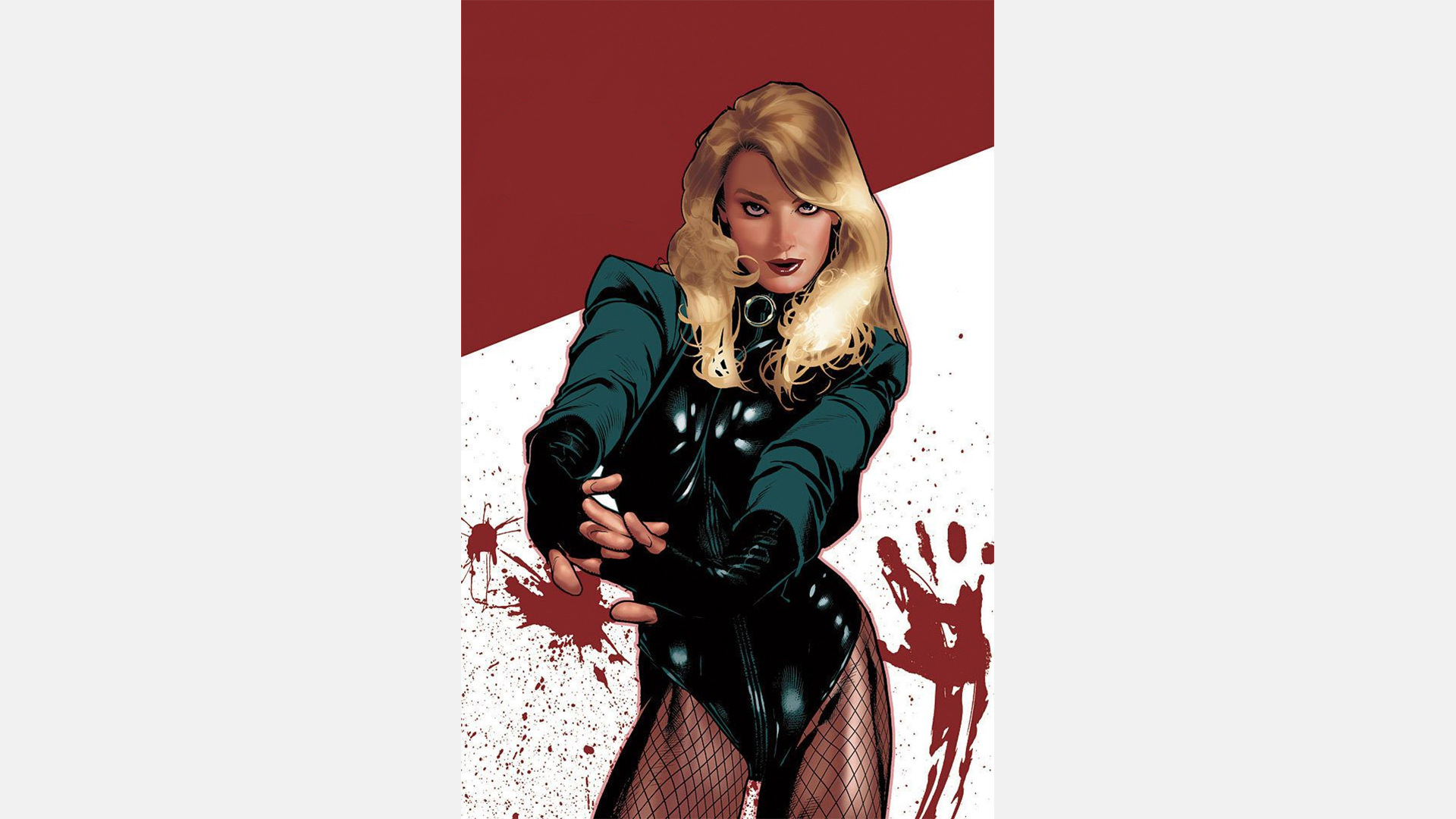
Black Canary is a codename belonging to two classic DC superheroes, who share the unique bond of being mother and daughter.
The original Black Canary, Dinah Drake, debuted in 1947's Flash Comics #86 in a backup story replacing the previous backup character Johnny Thunder. A skilled crimefighter, Black Canary was something of a female vigilante similar to Batman when such characters were uncommon, if not mostly unheard of in mainstream superhero comic books. Her popularity and striking appearance, designed by artist Carmine Infantino, led Black Canary to quickly join DC's Justice Society of America, the publisher's then premiere super-team.
In the Silver Age era of the '60s, DC split its original Golden Age characters off into their own reality, Earth-2 (DC's current Omniverse status quo is a decades-in-the-making extrapolation of this simple idea). But that left a slight continuity problem regarding Black Canary.
By that time, Black Canary had been appearing alongside the Justice League, then in their early years. DC came up with a few different (kinda complex) solutions over the years to explain how Black Canary was one of the few characters who seemed to exist on both Earth-1 and Earth-2, but the TL:DR is, the problem was eventually resolved by making the Justice League's Black Canary the daughter of the original. And thus was created Dinah Laurel Lance, one of DC's most enduring and popular superheroes.
Dinah Lance's most common origin is that she was a rebellious young woman who decided to go against her superhero mom's wishes and follow in her footsteps, first training with Wildcat of the JSA, one of the best fighters in the DCU.
Bolstered by the power of her sonic 'canary cry' superpower (which her mom didn't have), Dinah Lance grew into Black Canary, a powerful hero in her own right, and one of if not the best hand-to-hand combatant in the entire DC Universe.
Over the years, Dinah Lance (as opposed to her mom Dinah Drake) has been one of the most enduring members of the Justice League, even leading the team from time to time. And of course, she's had an on-again-off-again (currently on again) romantic and crimefighting partnership with Oliver Queen, the Green Arrow.
But more than anything, she's an enduring example of how DC has often employed the power of its own legacy to expand on and redefine its characters – oftentimes making something even more iconic in the process.
Black Canary was played by Jurnee Smollett in Birds of Prey (and the Fantabulous Emancipation of One Harley Quinn).
13. Sailor Moon
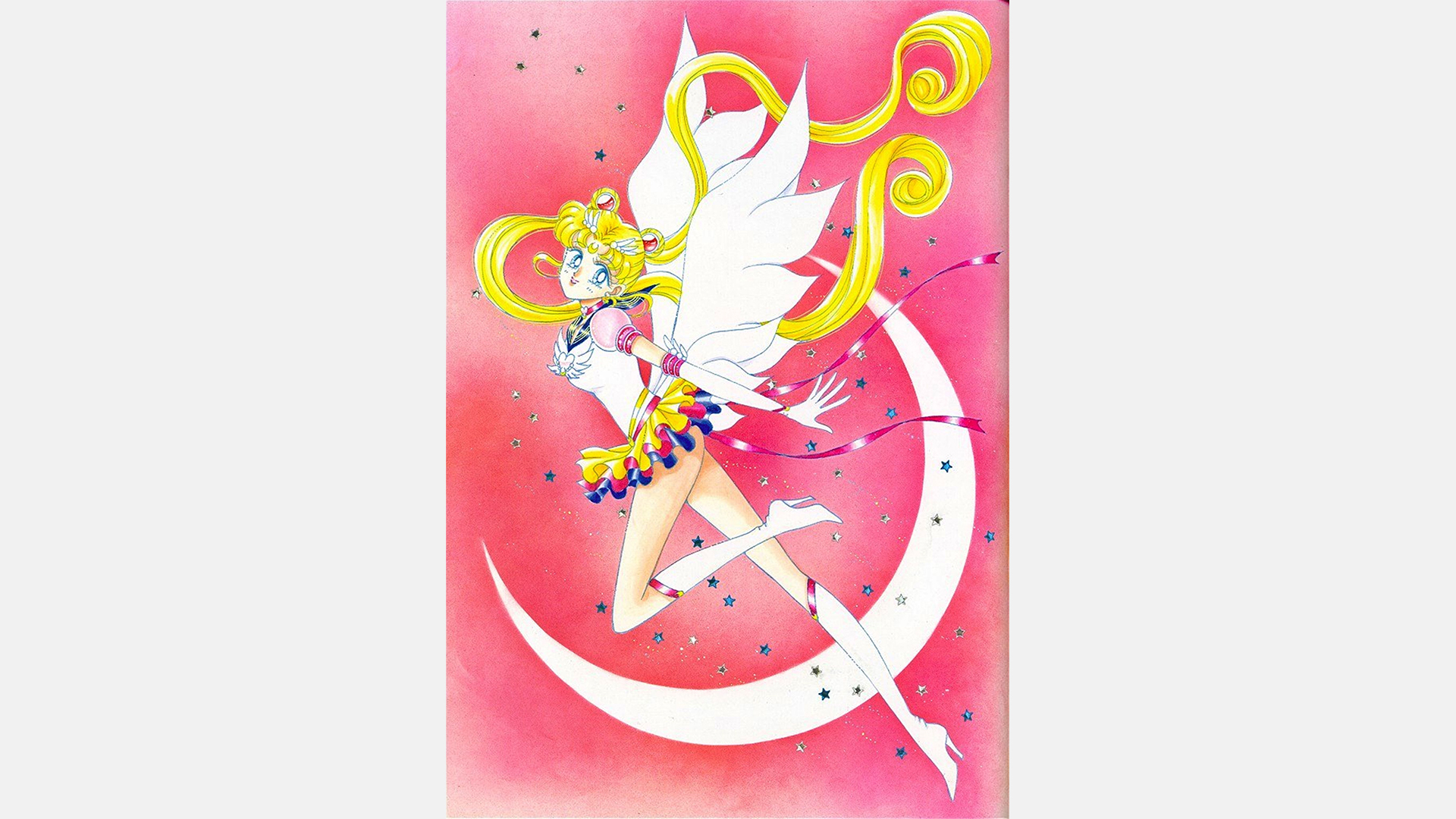
Usagi Tsukino AKA Sailor Moon may not be what many western comic book fans think of when the idea of a female superhero pops into their heads, but across the world, she's one of the best and most popular examples of the genre.
Sailor Moon's manga was originally published in Kodansha's Nakayoshi from 1991-97, with the story coming to America as Pretty Guardian Sailor Moon. Embodying (and occasionally parodying) the 'magical girl' trope of manga and anime, in which a young woman gains magical powers through a transformation or by traveling to another world, Sailor Moon is the leader of the Sailor Scouts, a group of high school girls who gain cosmic powers when they activate the artifacts that give them their abilities.
Sailor Moon may often lean more into the manga and anime tropes of its roots, but for American audiences who learned of the character when the early volumes of her popular anime came to Toonami and other popular anime cartoon blocks, she remains one of the best examples of what female superheroes look like when they are separated from the Superman and Batman archetypes that inform so many popular characters.
Interested in more? Read about the transformative legacy of magical girl manga.
12. Scarlet Witch

As the hit Disney Plus MCU streaming show WandaVision has demonstrated, Wanda Maximoff/the Scarlet Witch is both a force to be reckoned with and a complicated woman who has survived – and inflicted – more than her fair share of devastating trauma.
One of the most powerful magic users in the Marvel Universe thanks to her status as a 'Nexus Being' with direct connections to Marvel's Multiverse, Wanda has often had that power used against her by cruel manipulators who have preyed on her long search for family.
Be it Mephisto, Doctor Doom, Chthon, Dormammu, Morgan le Fay, or as in WandaVision, her comic book mentor Agatha Harkness, Wanda is too often the target of those who wish to seize the font of power she channels to their own nefarious ends.
However, Wanda's true nature is that of a hero, something demonstrated in her earliest adventures. After debuting in X-Men #4 as part of Magneto's Brotherhood of Evil Mutants, she quickly turned over a new leaf and joined Earth's Mightiest Heroes in Avengers #16, which revamped the team's original roster.
Despite enduring the death and resurrection of her husband the Vision, the 'life' and 'death' of their magically created children William and Thomas, being magically manipulated by Doctor Doom into killing multiple Avengers and ending the team for some time, and even decimating the mutant population of the Marvel Universe by magically robbing their powers, Wanda has always turned back toward the light when allowed to follow her own path.
Interested in more? Make sure you've read all the best Scarlet Witch / Wanda Maximoff comics available.
11. Raven
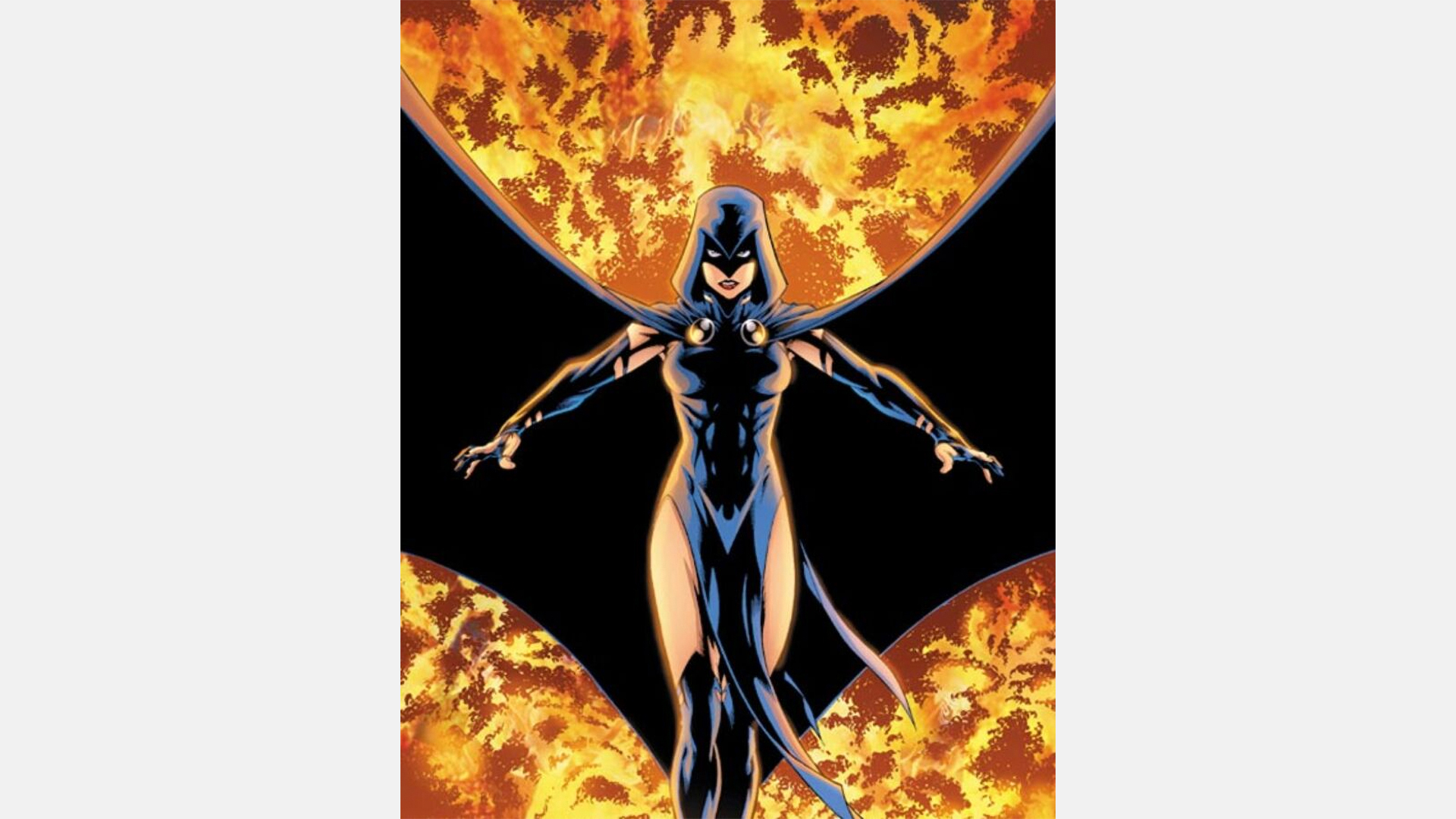
Raven is just scratching the surface of her potential as a solo character, with graphic novels such as Teen Titans: Raven, but her history in the DC Universe makes her one of the publisher's most important (and cool) female heroes ever.
Making her debut in a brief short in 1980's DC Comics Presents #26, Marv Wolfman and George Perez quickly carried their creation over to their landmark New Teen Titans run, in which she became one of the team's breakout characters, standing out even in a whole team of nothing but breakout characters.
Raven's mysterious, magical nature as the daughter of the demon Trigon, one of the Teen Titans' greatest foes, allows her a whole host of mystical abilities. Described as an empath, Raven has displayed telekinesis, telepathy, teleportation, astral projection, and of course mastery of many forms of sorcery and magic.
But what makes Raven stand out, along with her dark history as the daughter of a demon, is the way she breaks the mold for one of the oldest tropes in super-team comic books, the troubled badass whose past always comes back to haunt their efforts to be a hero, a la Wolverine.
(Charlie from It's Always Sunny In Philadelphia would call this the "wildcard" role.)
Moving the archetype away from the hardcore masculinity that usually accompanies a team's 'lone wolf' member, Raven struggled not with a murderous berserker rage or a problematic unrequited love, but the challenges of being a young woman alongside the looming threat of her demonic ancestry.
Essentially, Raven embodies the 'angry goth girl' archetype, but in a way that backs up her edginess with a decades-long character arc and near limitless power. This aspect of Raven's personality is often a subject of comedy in the Teen Titans and subsequent Teen Titans Go! animated series, making her one of the most popular characters of those shows as well as an ongoing cult favorite comic book character.
10. Catwoman
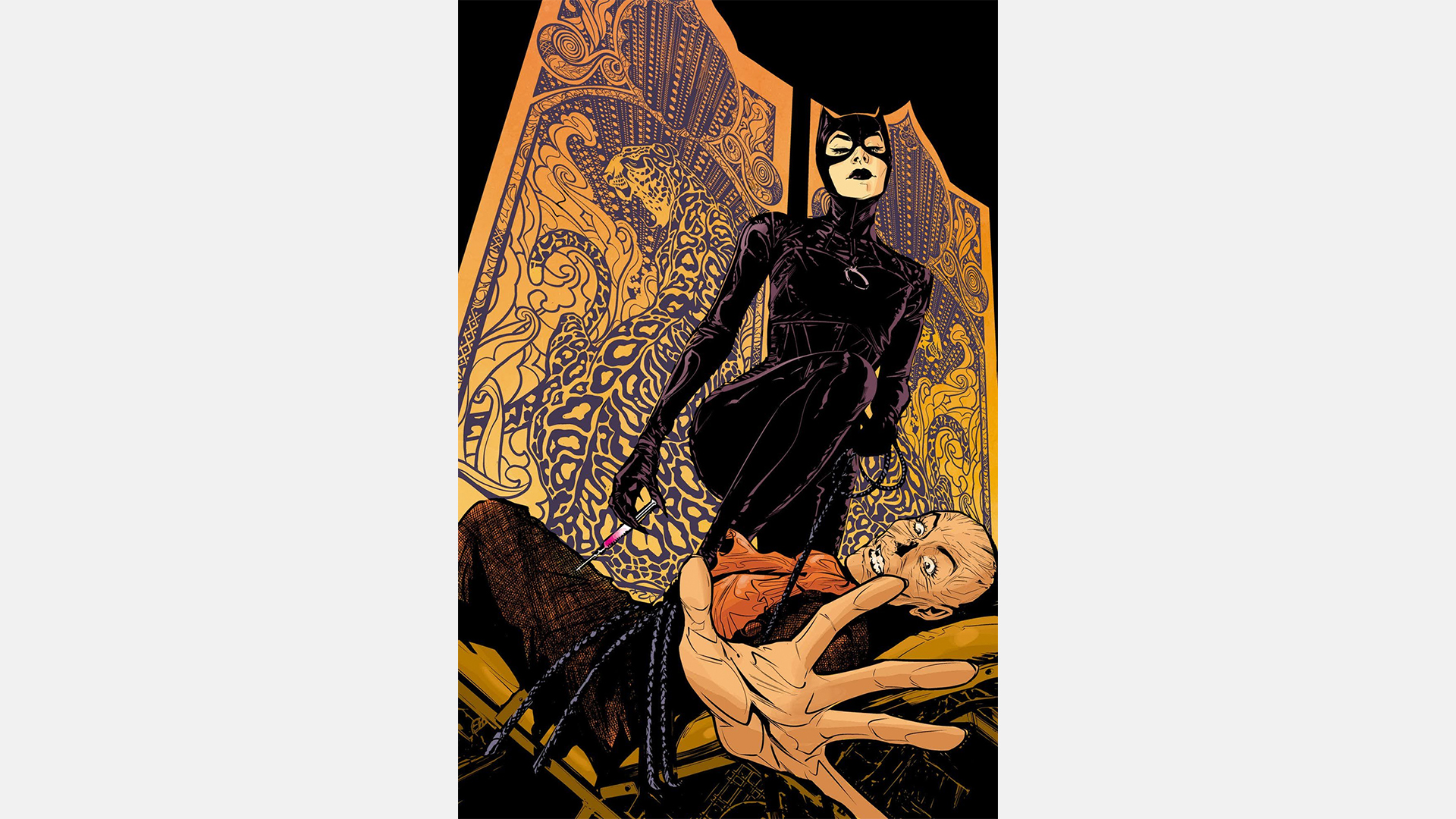
Ever since she first appeared in 1940's Batman #1, Catwoman has skirted the line between hero and villain enough that she even made it to our list of the best female supervillains ever. But the fact is, for the last several decades, she's been primarily focused on life as a hero, even if her methods are sometimes questionable (especially to her on-again-off-again lover Batman).
A master thief whose physical prowess matches her cunning Catwoman is one of Gotham's most complex costumed residents. She prowls the streets protecting those who need her most – but also taking many opportunities to steal from those whose wealth could benefit Gotham's downtrodden (and, let's be honest, Catwoman herself).
In a world of morally grey male heroes, Catwoman stands apart as a woman with a complicated personality defined by many motivating factors, who usually winds up on the side of the angels even while also looking for her next big score.
Interested in more? Read the best Catwoman comics available.
9. Captain Marvel

Carol Danvers is just about the most powerful woman in the Marvel Universe and is arguably the publisher's top female hero.
With cosmic powers, a background as a fighter pilot, a high-profile movie, and that crucial Avengers membership, she's everything great about superheroes wrapped up in one sleek package.
It's no wonder the next phase of the Marvel Cinematic Universe will likely put Carol front and center, as one of the pillars of the most popular superhero brand in the world.
The themes of the classic story Captain Marvel: Higher, Further, Faster which redefined Carol's career and brought her into the role of Captain Marvel were adapted to the MCU Captain Marvel film and even lent its title as the film's tagline.
Interested in more? Read all of the best Captain Marvel stories available.
8. She-Hulk

To some, She-Hulk is the ultimate expression of feminine power. She's indestructible, super-strong, and without inhibition – all of this with the mind of a high-powered attorney wrapped inside those unparalleled green muscles.
And while she may seem like a typical spin-off character (obviously riffing on her somewhat more famous cousin Bruce Banner), She-Hulk takes the concept of a gamma-irradiated hero to a totally different level, embracing her alter ego and living life to the fullest.
In some ways, She-Hulk also broke other boundaries – her original Sensational She-Hulk ongoing series introduced an indestructible, fourth-wall-breaking hero with a sense of humor years before Deadpool grew a similar schtick.
She-Hulk was Deadpool before there even was a Deadpool.
7. Supergirl
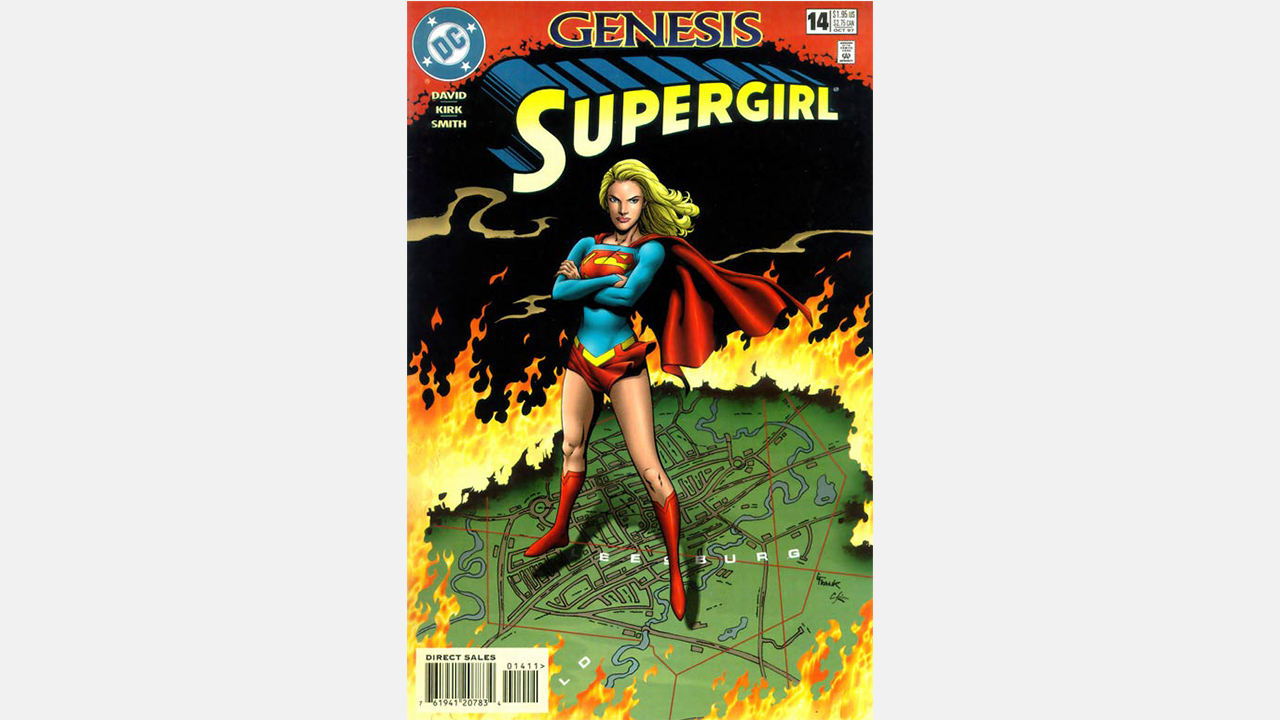
Supergirl may have started as a spin-off character from Superman in her first appearance in 1959's Action Comics #252. But for many fans, she's become so much more than that.
DC's Maid of Might represents a certain element of femininity that is often glossed over in fiction – the balance of girlish glee and emotional exploration with confidence and physical power.
Too often female characters must be one or the other, ultra-feminine or super-powerful, but Supergirl - who possesses all the strength of her cousin Superman while facing all the issues of a young woman - is at her best when writers strike a true balance between both sides of that coin, letting her be a real Supergirl.
Interested in more? Make sure you've read all of the best Supergirl stories of all time.
6. Harley Quinn

There's no question Harley Quinn started as an out-and-out villain, a sidekick to the Joker who was just as much into a life of comical crime as her clown prince boyfriend.
But after enduring years of abuse at the Joker's hands, Harley finally emancipated herself of his influence and struck out on her own, first as a villain/anti-hero, and now, finally, as a hero in her own right.
Though she spent a few years palling around with the Suicide Squad (who are anti-heroes at best) and she's still got associations with them, recent developments in the 'Joker War' story have placed Harley Quinn squarely on the straight and narrow as one of Gotham's protectors.
For all that, and especially for her strength and solidarity in the face of escaping abuse and coming into her own as a hero and a character, Harley Quinn ranks as one of the greatest female superheroes ever.
Interested in more? Make sure you've read all the best Harley Quinn comics of all time.
5. Invisible Woman

Marvel's first superheroine (debuting 60 years ago this year in Fantastic Four #1) may not have the highest profile of the characters on this list, but Sue Storm set the pace for modern female heroes – and still occupies a fairly unique place in comic books.
While it's true that early stories didn’t exactly serve Sue particularly well, she developed into the heart and soul of the Fantastic Four, serving as Marvel's first family's de facto – and literal – mother. And that may be one of the most crucial aspects of her character.
While Sue Storm is powerful in her own right – many writers have said she's got the most raw power of anyone on the FF – she also represents an important aspect of womanhood that many female heroes have sacrificed or had used against them – motherhood.
That Sue can serve as one of the most respected heroes in the Marvel Universe (and its first female hero) while simultaneously raising two children and shepherding the growth of many more through the Future Foundation can't be understated.
Plus, it takes a pretty amazing woman to stand up to a blowhard like Reed Richards.
4. Black Widow
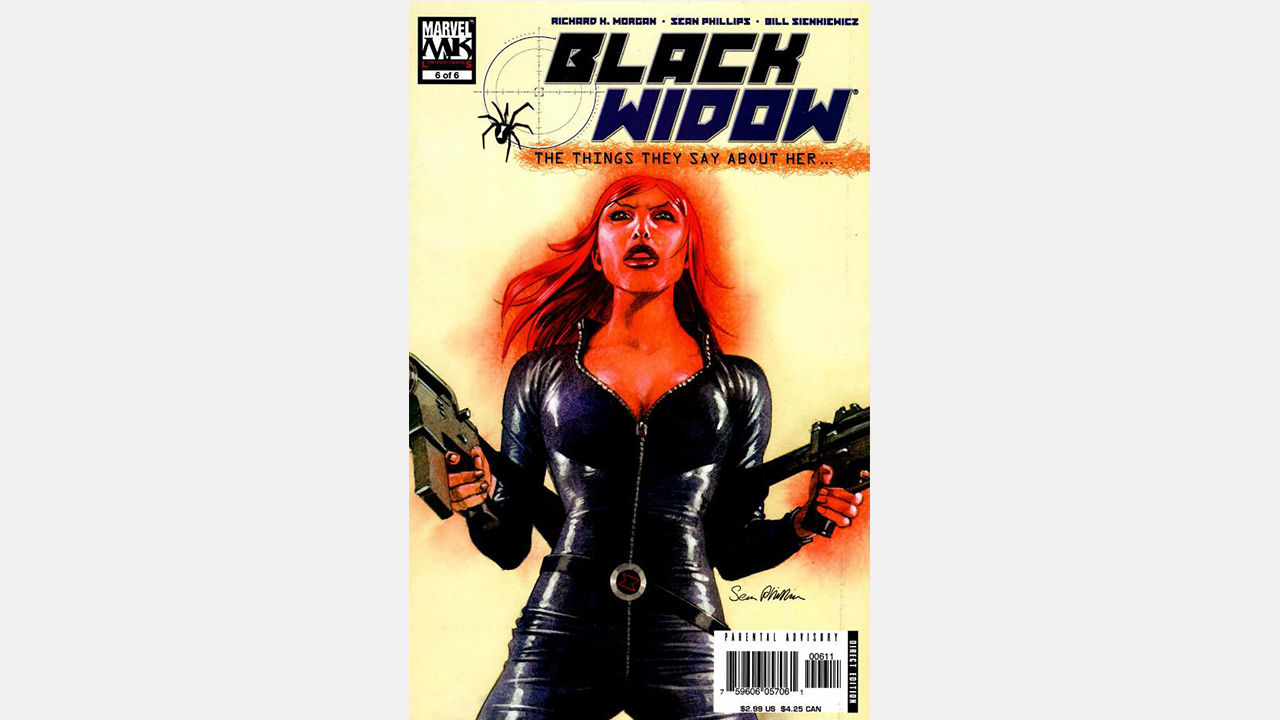
Black Widow has been around as a character since the '60s, but it's only recently that she's become a particularly prominent heroine in the Marvel Universe, thanks in large part to her role as a founding member of the cinematic Avengers.
But the fact that her recent success has mostly been due to her onscreen adventures doesn't discount her role in comic books, either. Though she started as a villain, it wasn't long before Black Widow became an Avenger, a career she's balanced with her black ops work alongside SHIELD and on her own, even leading the team for a time.
Interested in more? Make sure you've read the best Black Widow comics available.
3. Batgirl
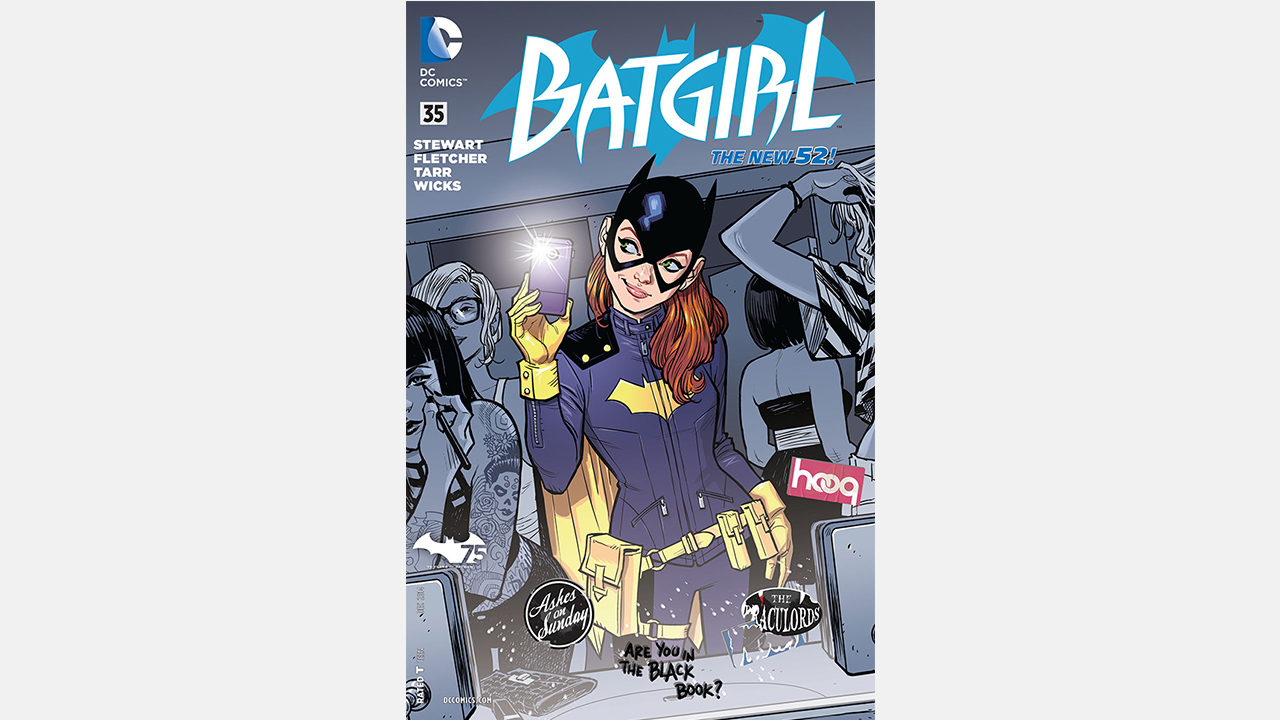
Barbara Gordon is unique among female heroes, and superheroes in general, for having not one but two vastly different and very successful superhero careers which years later are only now just merging into one.
Barbara started out as Batgirl, using her wits, her incredible intelligence, and her physical capabilities to earn Batman’s trust as an ally and protégé. However, after years of fighting crime on the streets of Gotham, a violent encounter with the Joker left her paralyzed – but not deterred.
Now using a wheelchair, Barbara turned to her intelligence to make a difference (while maintaining a peak physical condition to boot). Taking on the mantle of Oracle, Barbara became the information hub for Batman’s entire network and lead the all-female superhero team the Birds of Prey.
These days, she's back in action as Batgirl, her spinal injuries having been healed with technology as part of the 'New 52' reboot. But more recently she's indicated she has to be more careful physically, and more and more she's returning to her role as Oracle, serving as the central cog to the entire Bat-family and a co-star of the Nightwing series.
2. Storm
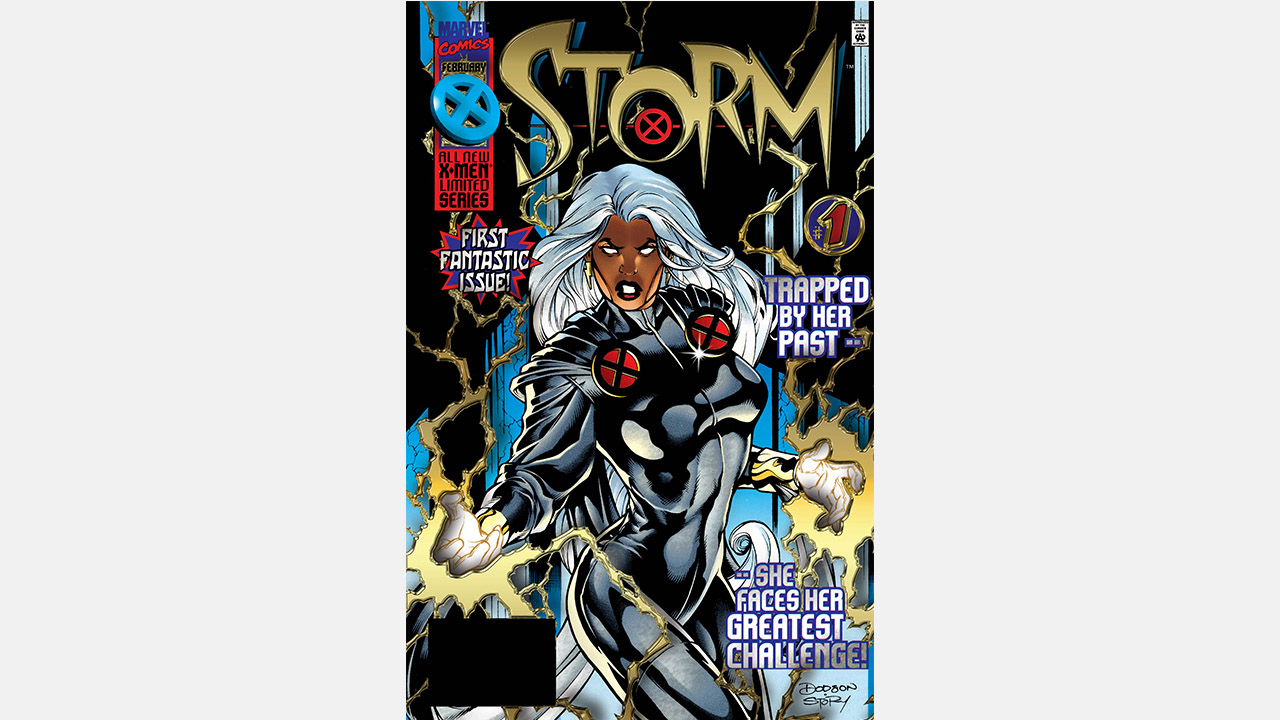
Storm started as the X-Men's ingénue; a young heroine who was one of the rookie mutants recruited when the original team went missing, joining in Giant-Size X-Men #1.
Alongside other X-Men mainstays like Wolverine, Nightcrawler, and Colossus, Storm rose through the ranks becoming not just a seasoned hero, but a mentor to her fellow mutants, and at several points a leader in the team.
After recent events in 'Dawn of X', 'X of Swords', and the 'Hellfire Gala,' Storm has ascended to be the ruler of Mars - renamed Planet Arakko - as part of mutantkind's growth past Krakoa.
Storm is also the first major Black woman superhero – a distinction that shouldn't be overlooked, especially considering how important she's remained in both X-Men and Marvel lore.
1. Wonder Woman
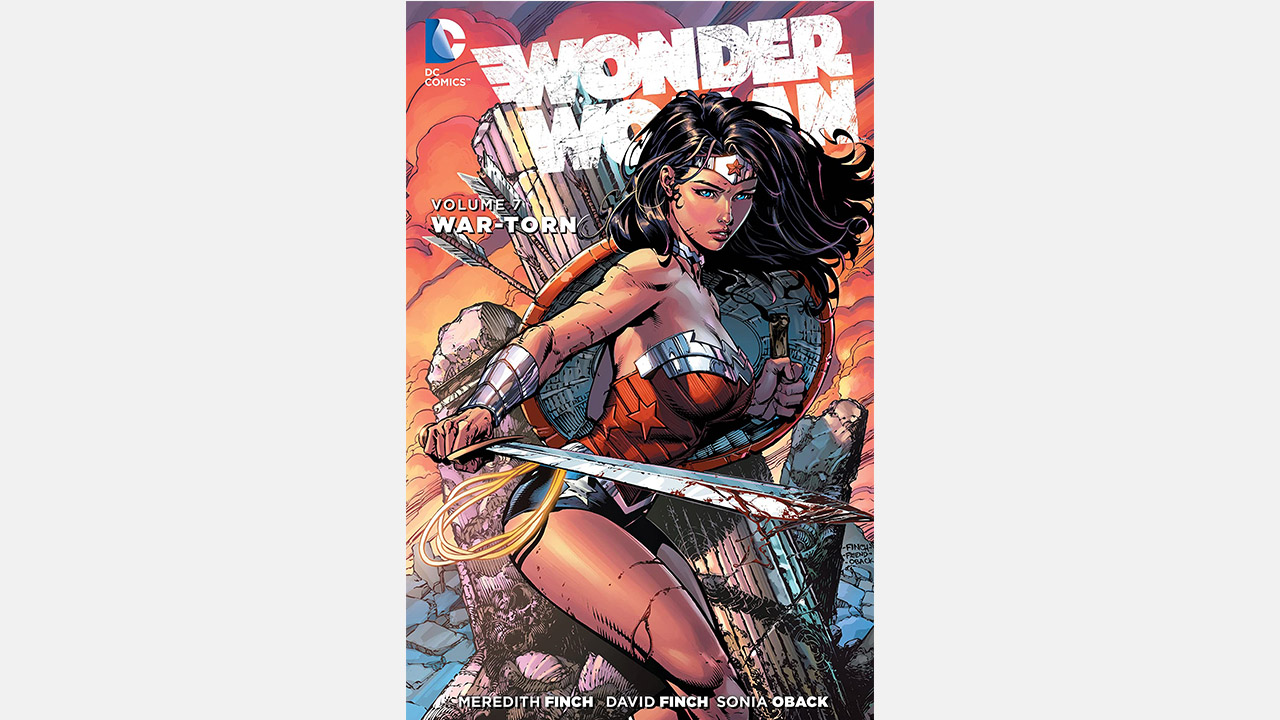
Diana of Themiscyra represents the best of mankind, and of womanhood. Strong, compassionate, fearless, and independent, as Wonder Woman Diana is a pillar of the Justice League and one of the greatest heroes and warriors in the entire DC Universe.
And though her real-world origins are complex, William Moulton Marston and his collaborators Elizabeth Holloway Marston and Olive Byrne created an equally complex character who would grow to become a feminist icon and the character that almost anyone in the world thinks of when you say "female superhero."
DC has subtly elevated Wonder Woman to perhaps the tip-top of the DC comic book pantheon in terms of stature, putting her on par with her fellow 'Trinity' partners Superman and Batman with a whole series of spin-off titles.
Interested? Make sure you've read all the best Wonder Woman stories available.
Help us settle an argument by figuring out what are the most useful superpowers
I've been Newsarama's resident Marvel Comics expert and general comic book historian since 2011. I've also been the on-site reporter at most major comic conventions such as Comic-Con International: San Diego, New York Comic Con, and C2E2. Outside of comic journalism, I am the artist of many weird pictures, and the guitarist of many heavy riffs. (They/Them)



